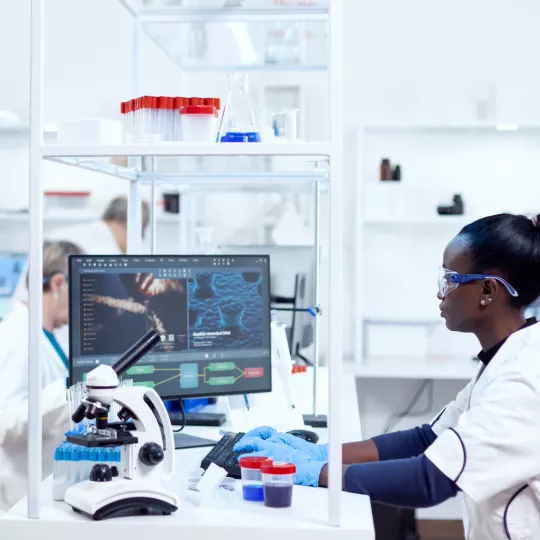
Supporting innovation
A range of services is available from the European Medicines Agency (EMA), Heads of Medicines Agencies (HMA) and European Commission to support innovative medicines and associated technology developments in the European Union (EU).
HumanVeterinaryRegulatory and procedural guidanceInnovationResearch and developmentScientific advice